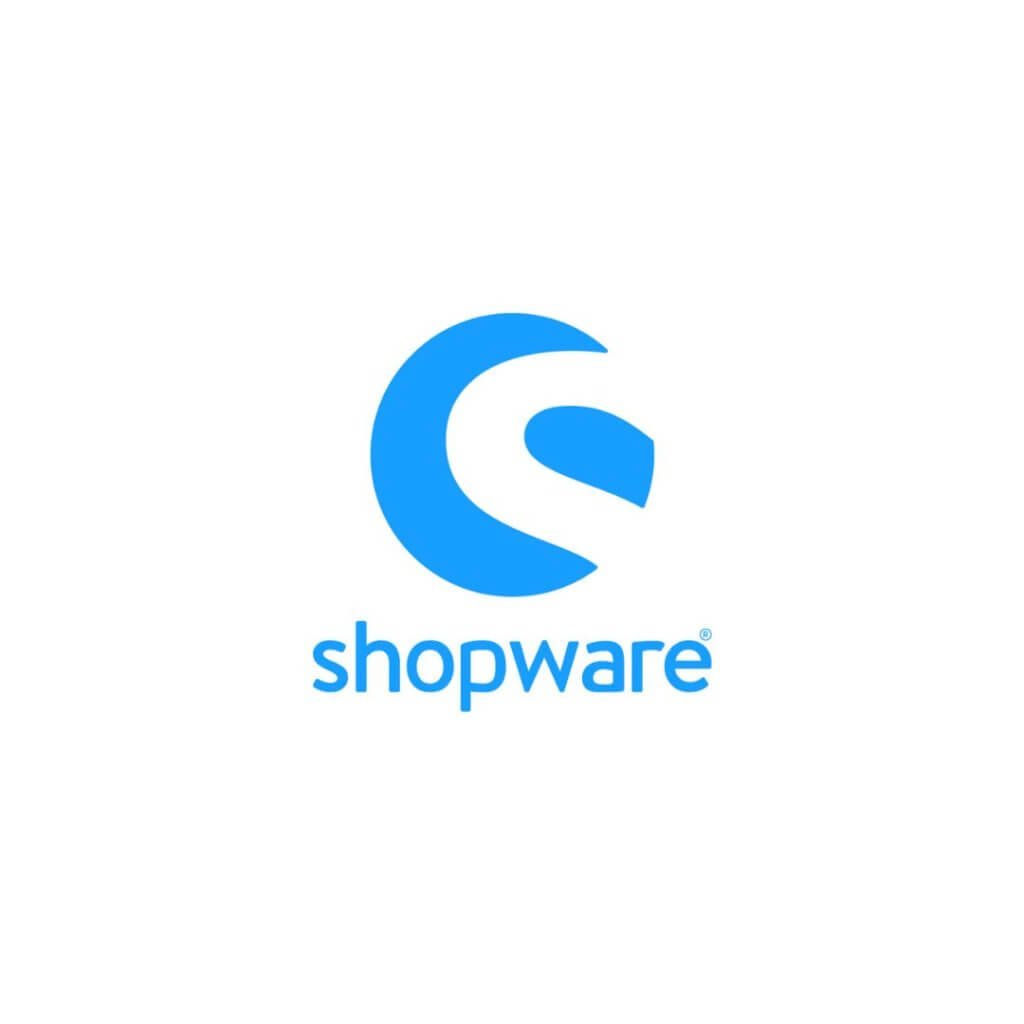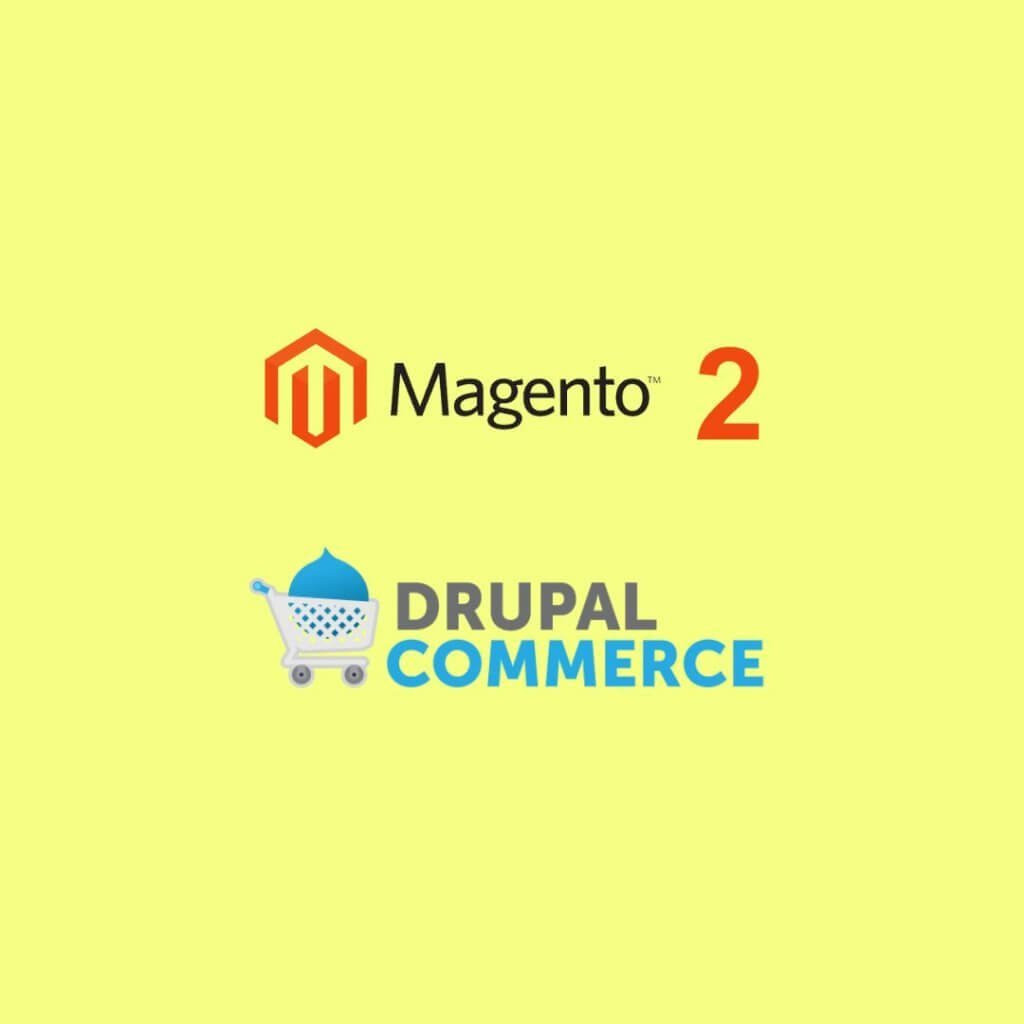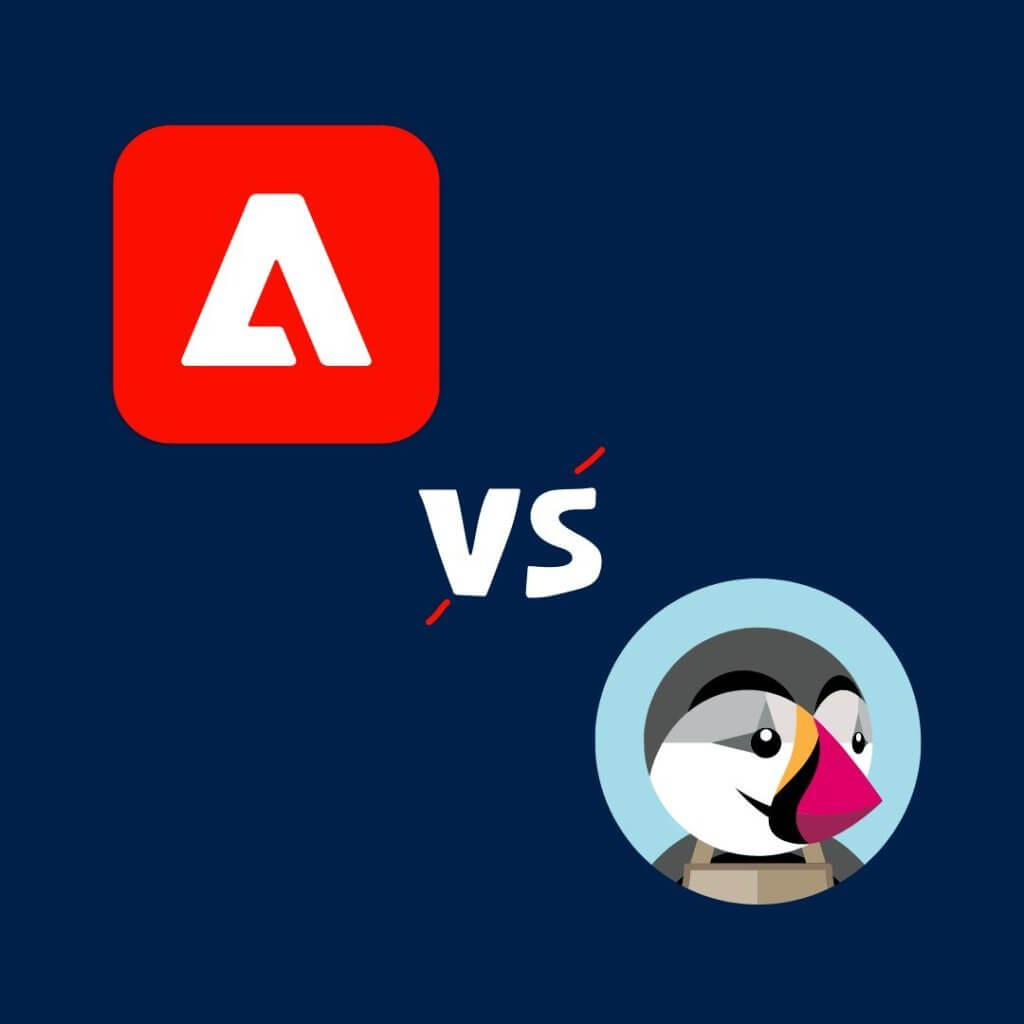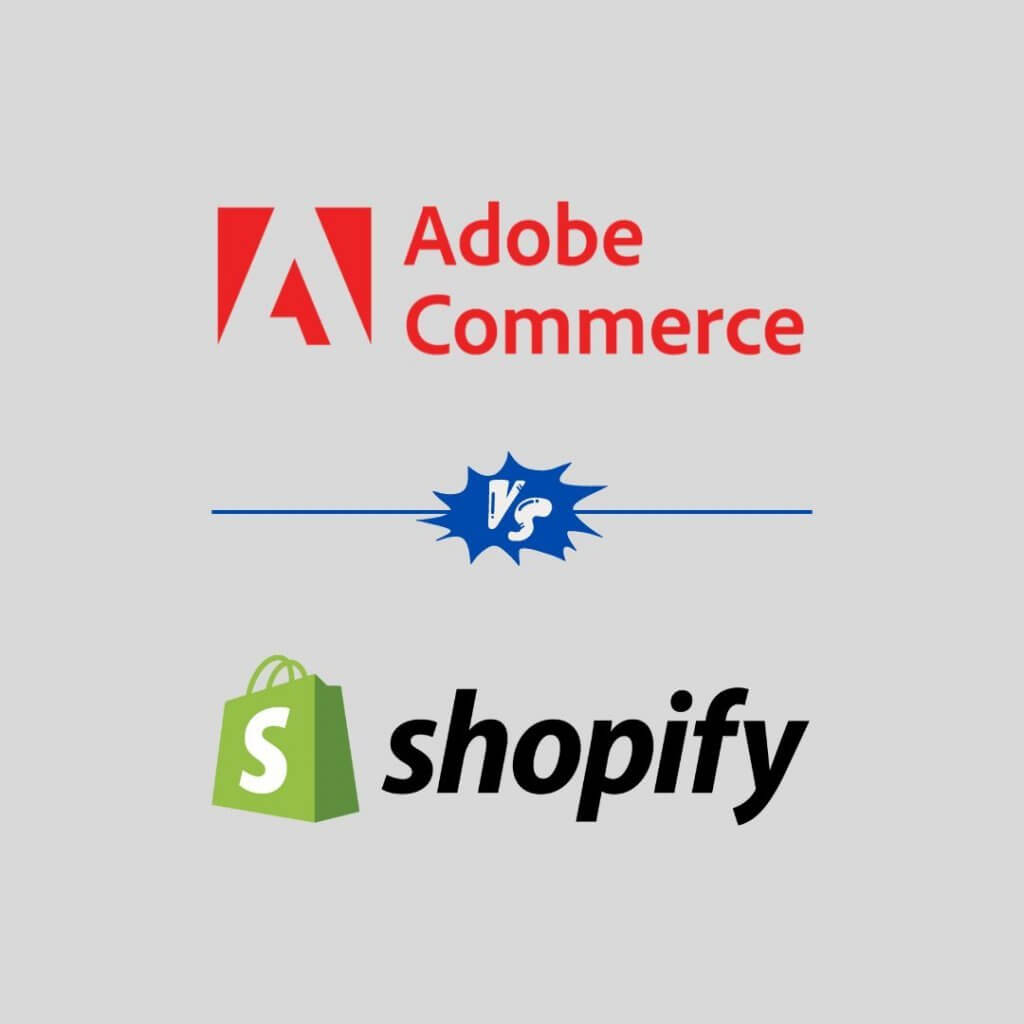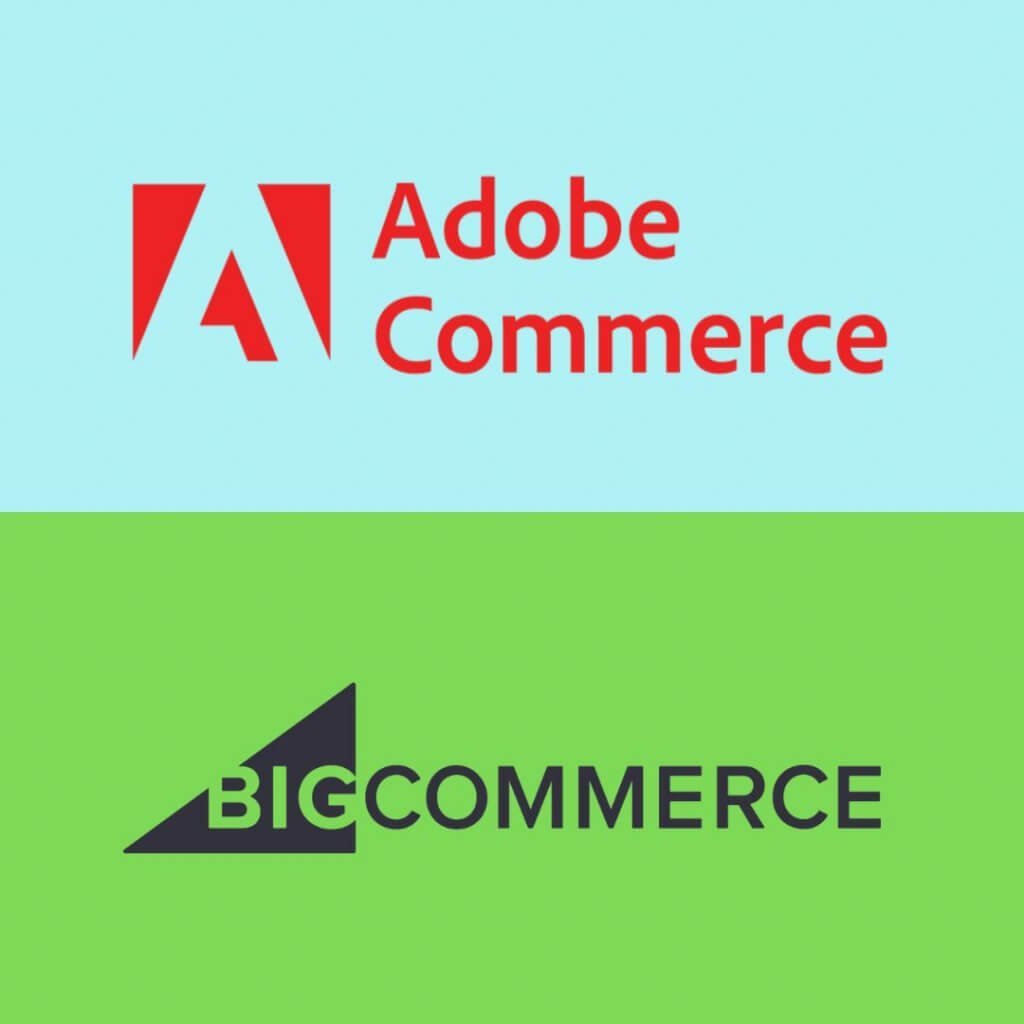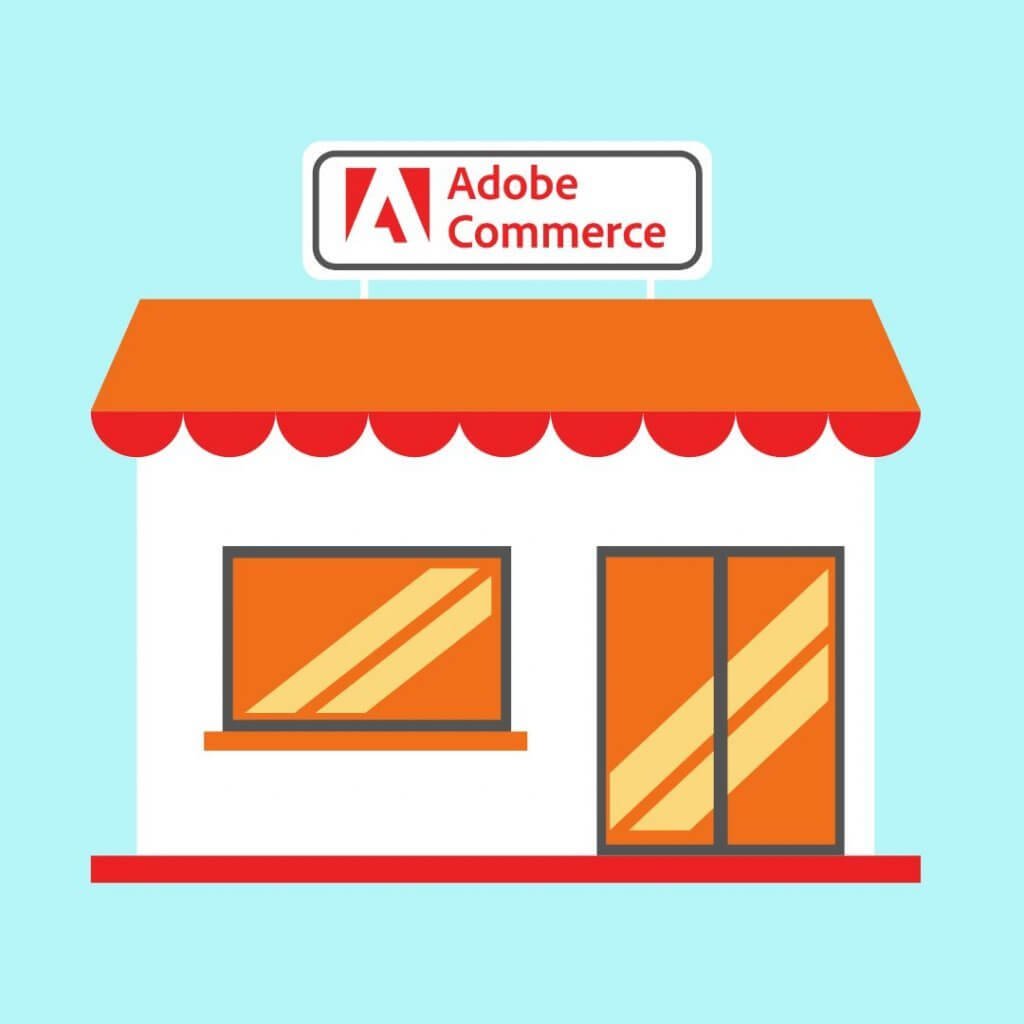
Segmenting your store’s customers improves your marketing efforts while also increasing profits and overall customer satisfaction. Customer segmentation enables you to dynamically display material tailored to a certain set of consumers based on attributes such as customer address, order history, shopping cart contents, and so on. Shopping cart price rules can also be used to optimize marketing methods for these segments. In this article, we’ll go through the various components of consumer segmentation and how this Adobe Commerce tool can help your online store.
Customer Segmentation:
The technique of categorizing clients into particular subgroups based on certain traits and data sources is known as customer segmentation. Demographic location, engagement criteria, and their interest in your goods are all influencing factors. If you sell books, for example, they choose fictional or non-fictional literature.
You can also get ideas from a pet store, where customers have a diverse set of preferences and expectations. The type they choose, the pets’ ages, dietary needs, lifestyle, money, and preferred method of interaction with the pets all have an impact on the purchase. The pet vendor will not be successful if all clients are communicated with in the same way. Customer segmentation is useful in this situation. Based on what you know about your customers, will change how you communicate with them. You can also identify your most profitable customers and tailor your services to their individual needs. In conclusion, client segmentation enables you to create relevant purchasing experiences that encourage brand loyalty.
Importance of Customer Segmentation in Online Stores:
Previously, internet retailers focused on increasing the number of visitors to their online businesses by marketing efforts and appealing to average customers. However, it included the incorrect demographic on the internet store, and marketing professionals rapidly realized that one-size-fits-all marketing approaches are no longer effective. Furthermore, targeting the wrong clientele resulted in not only lost marketing efforts but also higher operating costs associated with product returns, customer assistance, and so on. Customer segmentation allows you to target the correct customers (with the right messages at the right time). You can deliver the finest possible customer experience while also keeping them loyal to your store. You can offer customers personalized experiences, as well as content or product recommendations.
Most Common Types of Customer Segmentation in Use Today
Finding patterns of client interaction is crucial in e-commerce. Examine not only what customers buy from your store, but also what they do after and before they buy. How many times have they purchased the item? Another key consideration is what types of items they are interested in. This ensures that you are selling what people want and that your marketing efforts are not futile.
The ability to look at cohort analysis is one of the better consequences of this approach. It allows you to look at groups and user sections to determine retention and loyalty. You can determine whether users visit your online store on a daily, weekly, or monthly basis. Cohort analysis can tell you which types of clients aren’t returning to your store. It’s necessary for remarketing and retargeting. Because no two consumers are the same, segmenting customers based on how they engage with your store or product is critical for marketing and conversions.
How to do Customer Segmentation?
Customer segmentation entails a number of actions that must be taken.
These are as follows:
- Understanding your business costs
- Identifying your top consumers
- Collecting data from external sources
- Creating Customer Profiles
Let’s go through each of these in a bit more detail…
1. Understanding the business costs:
Before segmenting clients, you should be aware of your total business costs as well as the costs connected with each customer interaction. Calculate the costs of advertising, customer acquisition, shipping, order processing, and customer service. Knowing your business costs will help you determine how much you need to earn from each customer transaction in order to turn a profit. More crucially, you’ll be able to begin connecting client behaviours to profitability. It is critical to understand which consumers are worth targeting and which are not.
Aside from knowing the business expenditures, you need also be aware of the client lifetime value, which is the average net profit that a customer attributes to your brand over a specific time period. This can help you determine how much repeat business you may expect from specific consumers.
2. Identifying Your Best Customers:
Do you know that 80% of your business comes from 20% of your customers?
A quick analysis of the purchasing history will let you know who your best customers are, and which customers are buying your top-selling products. The most profitable customers are:
- Frequent Buyers: Customers who return to your store on a regular basis. They respond 40-60% better than first-time clients.
- Customers with a high average order value make fewer purchases but have a higher-order value.
- Few Returns: Customers that made a few or no returns.
- Provider Reviews: A favourable customer review is a huge asset in marketing. Buyers that leave authentic reviews after completing a purchase and use social media to notify their friends about their purchases are always valued.
3. Collecting Data from External Sources:
The more you understand about your clients, the more effectively you will be able to provide them with a superior customer experience. You must seek beyond your own shop database for external sources from which to obtain data about your customers. Here are several examples:
Census Data:
With a little more effort, you can gather a wealth of relevant demographic data based on your clients’ zip codes.
Browsing Devices:
You can also gather vital client information by recognizing browsing devices that access your store’s website. Previously, customers browsed the stores using desktop or laptop computers, but with the rise of e-commerce, cellphones have become a larger trend in the e-commerce business.
Surveys and Market Research:
You can also do independent market research or poll customers to gather more detailed information about their lives, opinions, activities, shopping preferences, and so on.
Cookies:
Cookies capture information about your consumers’ activity when they visit your store. They can collect information such as browsing history, page visits, income, age range, and so on.
Web Analytics:
Many web analytics solutions, such as Google Analytics, include device and other critical parameter information.
Data Aggregator Services:
Data services like Rapleaf and Spearmint will supply you with a variety of information on your customers based on their email addresses for a price.
4. Creating Customer Profiles:
After collecting information about your consumers, you can create profiles to assist you to focus on their requirements, mindsets, and issues. You can target customers based on demographic, lifestyle, and behavioural characteristics. By establishing thorough consumer profiles, you can uncover sub-segments for current products. Existing items can also be customized to satisfy the needs of a certain target segment.
How Adobe Commerce gives the best Customer Segmentation?
Adobe Commerce’s Customer Segmentation functionality allows you to dynamically display content and promotions to a group of specified consumers. There are features such as showing specific pricing to a specific group of consumers, offering discounts to targeted customers, catalogue price rule, cart price rule, tier price, related product rule, dynamic block, reward exchange rates, category permissions, invites, and so on.
Wrapping Up:
In this post, we learned how Adobe Commerce’s “Customer Segmentation” function can help your store’s marketing and general growth. Ceymox Technologies, the leading Adobe Commerce development firm in India, specializes in creating such e-commerce stores from the ground up. Please let us know what you need.
 Hubspot SEO Certified |  Hubspot SEO II Certified |  Google Ads Search Certified |  Google Analytics Certified |
Sreehari N Kartha is a skilled Digital Marketing Analyst at Ceymox, certified in SEO. His expertise encompasses a wide range of digital marketing strategies, including managing advertising campaigns on platforms like Google Ads, Facebook Ads, Instagram Ads, WhatsApp Ads, and LinkedIn Ads. With a strong foundation in SEO and SMM, Sreehari is adept at optimizing online visibility, driving engagement, and generating qualified leads and conversions. His passion for emerging technologies, such as Crypto, NFTs, and Web3, further complements his skillset, enabling him to navigate the dynamic digital landscape.
View All Articles

